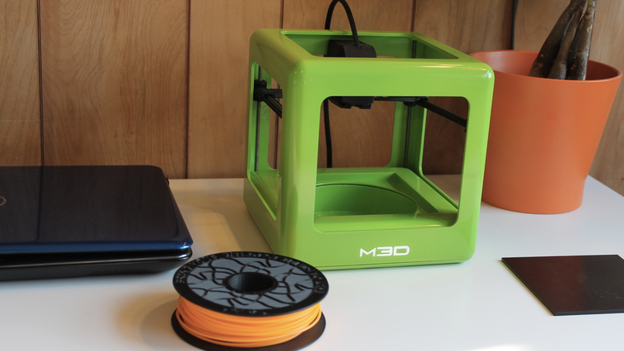3D printing is a 'seismic' opportunity for aerospace and defence sectors
3D printing and a super local supply chain model

The arrival of parts produced using 3D printing technology, which can be used to fix a live issue with in-service planes, could cause a seismic shift across the aerospace supply chain.
The technology is also already being used to streamline product innovation for new aircraft, while bringing added value benefits by making precision-engineered parts that are lighter, thus boosting fuel efficiency. However, in order to benefit from the technology and make the most of the competitive advantage it could bring, companies will need to radically change their supply chain strategies.
The aerospace and defence industries are structured around just a small number of OEMs whose needs are fulfilled by an established global network.
While breaking this chain won't be easy, this is exactly what 3D printing technology is now challenging the industry to do and the first movers stand to secure a significant competitive advantage.
Among the early adopters are General Electric and United Technologies – both have been using 3D-printing for prototyping for some time. Airbus has also recently signed a cooperative agreement with China's Northwestern Polytechnical University (NPU) to explore ways to extend 3D-printing technology to the commercial aviation sector.
Super local model
The first step to making the most of the 3D-printing opportunity is for OEMs to rethink their supply chain strategies and adopt a 'super local' model. This model would comprise an eco-system of innovative local suppliers who are close enough to fulfil demand for replacement parts at short notice.
Currently, if a component on a UK-based in-service aircraft needs replacing, the airline operator has to order the replacement part from what is often a single, approved supplier.
Are you a pro? Subscribe to our newsletter
Sign up to the TechRadar Pro newsletter to get all the top news, opinion, features and guidance your business needs to succeed!
If it turns out that the required component is a 'legacy' part, and is stocked by neither the OEM nor their supplier, it would need to be manufactured, a process that could take months, especially if the supplier is in another part of the world. During this time the aircraft could be out of service.
There are many advantages of 3D-printing technology but the main one for this sector is that precision-engineered replacement parts can be printed in situ and in a matter of hours. This means the new part could be installed and the aircraft ready-to-fly same day.
Other benefits include the fact that there is no need for OEMs to stock pile a wide range of spare parts, just in case they are required at some point in the future. Instead, they will have to nurture local supply relationships spanning a wider geography to ensure their 3D capabilities can be used wherever and whenever need arises.
Manufacturers going agile
The full impact of 3D-printing technology on the aerospace and defence supply chain is yet to be fully realised and it is likely to affect developed markets first.
Developing markets are still very much driven by volume over choice, due to their rapidly growing economies and increasing consumer demand. For this reason, most manufacturers serving such markets find mass production and low labour costs are still appealing.
In developed markets, however, the reverse is true and there is growing demand for more personalised, customised products and services. This requires a more agile approach, which many manufacturers have been adopting. For this reason, we expect the take up of 3D-printing technology to happen more quickly in these markets.
- Michael is an aerospace and defence director at Vendigital. He is responsible for providing leadership to key client relationships, strategic insights and business development across the firm.